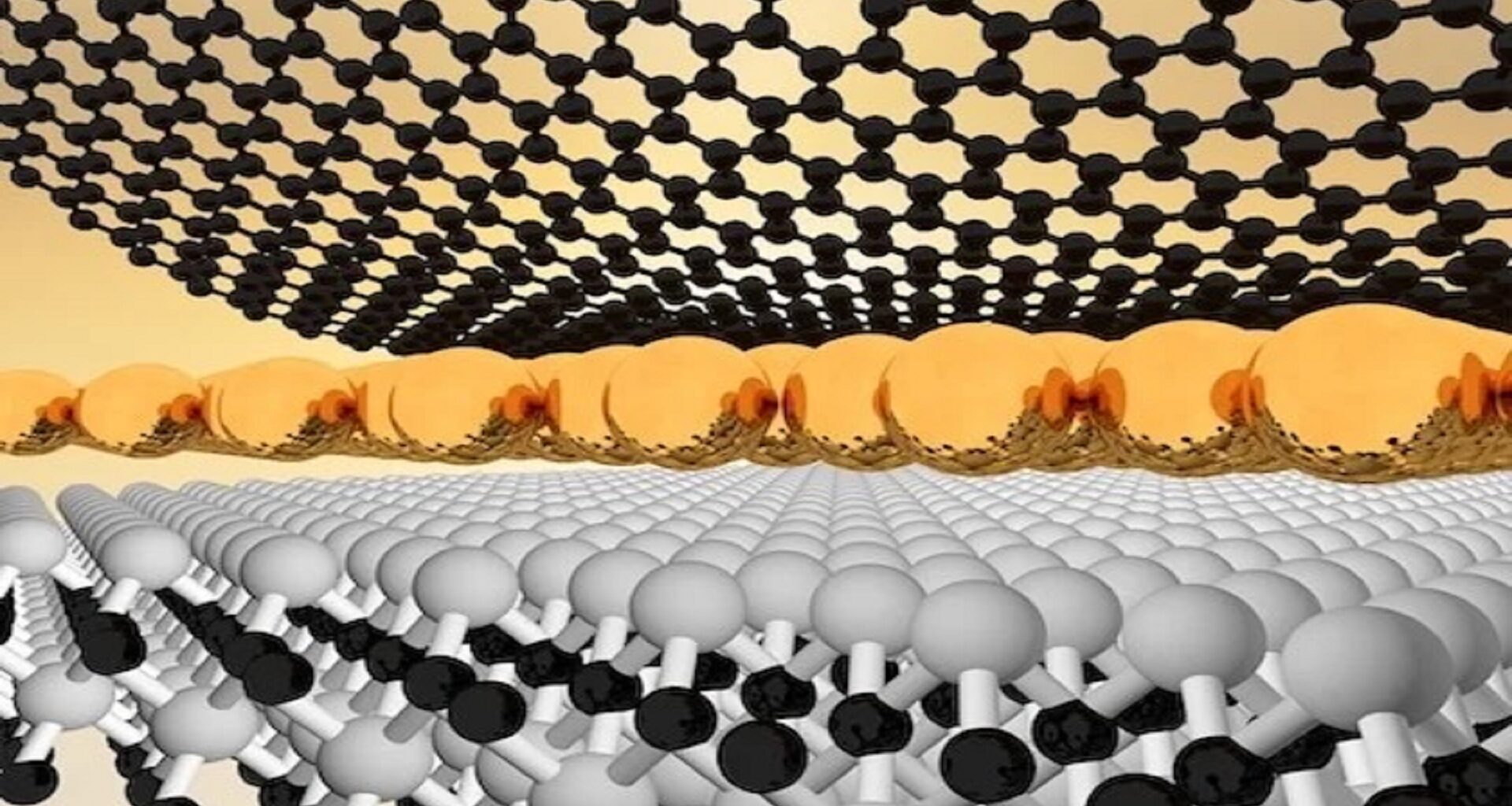Researchers at Rice University and their collaborators have achieved a groundbreaking demonstration of strong interference between phonons, the quantum units of vibrations that carry heat and sound within materials.
Their discovery shows interference two orders of magnitude greater than any previously observed, opening new possibilities for quantum sensing and computing technologies.
This phenomenon, known as Fano resonance, occurs when two phonons with different frequency distributions interfere with each other, producing distinctive patterns of amplification or cancellation—similar to overlapping ripples on a pond.
“While this phenomenon is well-studied for particles like electrons and photons, interference between phonons has been much less explored,” said Kunyan Zhang, a former postdoctoral researcher at Rice and first author on the study.
“That is a missed opportunity, since phonons can maintain their wave behavior for a long time, making them promising for stable, high-performance devices.”
Phonons in quantum spotlight
By proving phonons can be harnessed as effectively as electrons or light, this discovery opens the door to a new generation of phonon-based technologies.
The researchers achieved their results by placing a two-dimensional (2D) metal layer atop a silicon carbide substrate using a method called confinement heteroepitaxy.
They intercalated just a few layers of silver atoms between graphene and silicon carbide, creating a tightly bound interface with unique quantum properties. “The 2D metal triggers and strengthens the interference between different vibrational modes in silicon carbide, reaching record levels,” Zhang explained.
The team used Raman spectroscopy, a technique that measures vibrational modes, to study how phonons interfere. The resulting spectra displayed sharply asymmetric shapes and, in some cases, full dips forming antiresonance patterns, signatures of intense interference.
The phenomenon was highly sensitive to the precise nature of the silicon carbide surface, with three different surface terminations each producing distinct Raman line shapes.
Vibrational signals unlock secrets
Remarkably, the presence of even a single dye molecule on the surface caused dramatic changes in the spectral line shape. “This interference is so sensitive that it can detect the presence of a single molecule,” Zhang noted.
“It enables label-free single-molecule detection with a simple and scalable setup. Our results open up a new path for using phonons in quantum sensing and next-generation molecular detection.”
The study also confirmed that the interference arises purely from phonon interactions rather than electrons, marking a rare example of phonon-only quantum interference.
This effect appears only in the special 2D metal/silicon carbide system studied and does not exist in bulk metals due to unique transition pathways and surface configurations created by the atomically thin metal layer.
Looking ahead, researchers are exploring other 2D metals, like gallium or indium, to replicate and customize this effect.
“Compared to conventional sensors, our method offers high sensitivity without the need for special chemical labels or complicated device setup,” said Shengxi Huang, associate professor at Rice and corresponding author on the study.
“This phonon-based approach not only advances molecular sensing but also opens up exciting possibilities in energy harvesting, thermal management and quantum technologies, where controlling vibrations is key.”
Supported by the National Science Foundation, Air Force Office of Scientific Research, Welch Foundation, and University of North Texas, the study has been published in the journal Science Advances.
